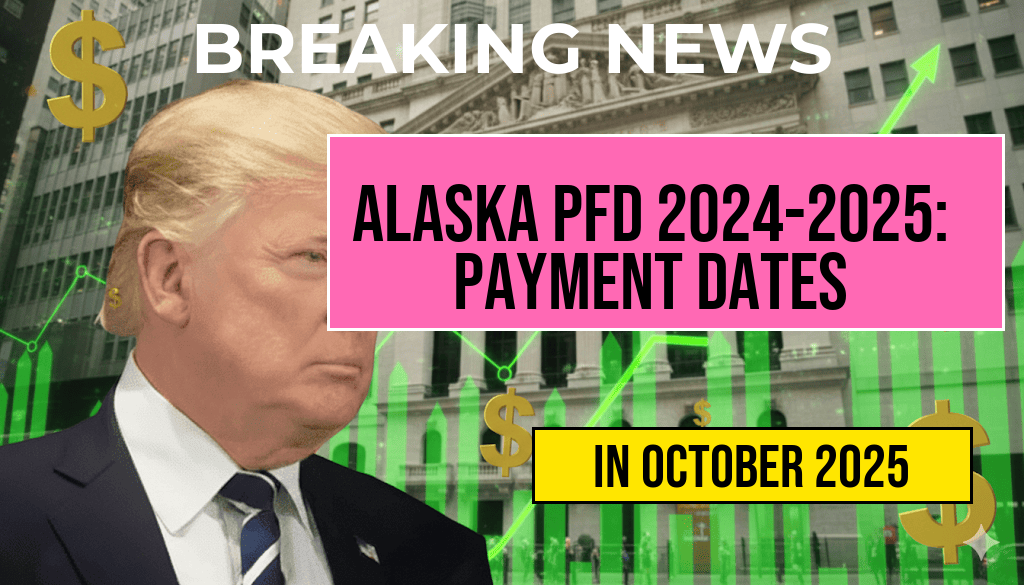Recent policy proposals introduced by federal and state lawmakers have sparked widespread concern among middle-class Americans, with preliminary analyses indicating that the average household could see a reduction of approximately $1,300 in annual income by 2027. These measures, which aim to address economic inequality and fund social programs, could inadvertently place significant financial strain on households that have historically been the backbone of the U.S. economy. Experts warn that without careful adjustments, such policies risk widening the income gap and diminishing the purchasing power of millions of middle-income families.
Understanding the Proposed Policies and Their Impact
Key Policy Changes Under Consideration
- Tax Revisions: Several proposals include increasing income taxes for middle earners, reversing some recent tax cuts enacted during the previous administration.
- Social Program Funding: Expanded funding for healthcare, education, and infrastructure is being financed through higher levies on middle-income brackets.
- Regulatory Adjustments: New regulations on corporate earnings and financial transactions may lead to increased costs passed onto consumers.
Projected Economic Consequences
| Income Bracket | Projected Loss per Household | Percentage Decrease |
|---|---|---|
| $50,000–$100,000 | $1,300 | 1.3% |
| $100,000–$200,000 | $1,300 | 0.65% |
Financial analysts warn that while the policies intend to promote broader social welfare, the immediate effect on middle-income households could be a noticeable decline in disposable income. Such reductions threaten to limit consumer spending, slow economic growth, and increase financial stress for families already living paycheck to paycheck.
Middle-Class Demographics and Economic Vulnerability
Who Are the Middle Class?
The middle class in the United States encompasses households earning between approximately $50,000 and $150,000 annually, covering a diverse range of occupations, educational backgrounds, and geographic locations. According to the Wikipedia entry on middle class, this group is often characterized by a moderate standard of living, homeownership, and the ability to save for retirement and emergencies.
Economic Challenges Faced
- Stagnant wages in many sectors
- Rising healthcare and housing costs
- Limited savings buffers against unexpected expenses
These vulnerabilities are exacerbated by policy shifts that could diminish household income, leading to increased borrowing and reduced quality of life.
Policy Debates and Political Reactions
Supporters’ Perspective
Proponents argue that increased taxes on higher earners and corporations are necessary to fund critical social programs, reduce income inequality, and promote long-term economic stability. They cite studies indicating that redistribution can lead to improved health outcomes, better educational attainment, and a more resilient economy.
Opponents’ Concerns
Critics contend that such policies could discourage investment and innovation, dampen entrepreneurial activity, and disproportionately burden middle-class families. They warn that reduced disposable income may slow consumer spending, trigger layoffs, and ultimately harm economic growth prospects.
Broader Economic Context and Future Outlook
Historical Precedents
Historically, tax increases and regulatory changes have produced mixed results. For example, during the 1960s and early 1980s, higher marginal tax rates coincided with periods of economic slowdown. Conversely, some argue that increased public investment has stimulated growth when targeted effectively (Forbes analysis).
Looking Ahead
As legislative debates continue, economic forecasts suggest that the middle class will need to adapt to a shifting fiscal landscape. Policymakers face the challenge of balancing social equity goals with maintaining economic vitality. The upcoming years will reveal whether these reforms can be calibrated to support growth without disproportionately impacting middle-income households.
For more on economic policy impacts, visit Wikipedia’s overview of economic policy.
Frequently Asked Questions
What is the main concern highlighted in the article?
The article highlights the potential threat to the middle class due to new policies that could reduce the average income by approximately $1,300 in 2027.
How might the new policies impact middle-class households?
The policies are expected to lower disposable income for middle-class families, potentially making it more challenging to cover living expenses and maintain their standard of living.
What specific policies are contributing to this potential income reduction?
While the article does not specify all policies, it suggests that tax reforms, welfare adjustments, and regulatory changes could collectively lead to the projected decrease in average income.
What can middle-class individuals do to prepare for these changes?
Middle-class individuals are advised to review their financial plans, seek professional advice, and explore options to increase savings or diversify income sources to mitigate potential impacts.
Is there any indication that these policies might change before 2027?
The article suggests that policy developments are ongoing and that public debates and political decisions could influence the final implementation, potentially altering the projected impact on incomes.








